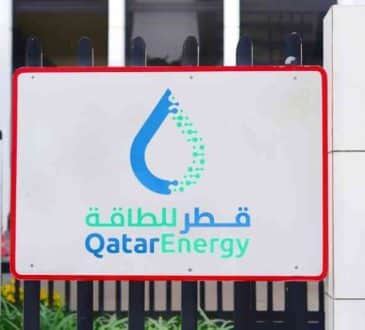GCC Economies Poised for Accelerated Growth Through 2025

Economic growth in the Gulf Cooperation Council (GCC) countries is projected to gain momentum, with average expansion forecasted at 3.7% in 2024, rising to 4.5% in 2025, according to projections by the GCC Statistical Center (GCC-Stat) in Muscat. The growth is expected to moderate slightly to 3.5% in 2026, primarily supported by a recovery in oil production as the OPEC+ group gradually relaxes production quotas starting in the latter half of 2024.
The forecast also accounts for the continued development of new gas fields and the region’s swift recovery in key sectors such as transportation, tourism, and infrastructure. Expansionary fiscal policies are anticipated to sustain this growth trajectory.
The non-oil sector is expected to perform strongly, with GCC-Stat projecting growth of 4.5% in 2024, followed by moderate increases of 3.3% in 2025 and 4.1% in 2026. This growth is attributed to a surge in private sector activity, especially in tourism, transport, logistics, and retail. Additionally, large-scale infrastructure projects across the region are set to stimulate growth in related industries and further encourage private sector investments.
The GCC’s ongoing economic diversification strategies are predicted to yield significant benefits in the coming years. Key sectors such as renewable energy, technology, innovation, and manufacturing are expected to expand substantially, reflecting the region’s long-term development goals.
In 2023, the GCC’s total GDP at constant prices reached $1.691 trillion, representing a modest 0.5% growth compared to 2022. The non-oil sector played a vital role, growing by 3.3%. However, average per capita GDP at current prices declined by 5% in 2023, dropping from $38,600 in 2022 to $36,700. Despite this decline, the GCC’s GDP at current prices accounted for 2% of global GDP and 60.5% of the total GDP for Arab nations.
Inflation across the GCC is expected to remain relatively stable over the next three years, with rates projected at 2.4% in 2024, 2.6% in 2025, and 2.1% in 2026. However, potential inflationary pressures could arise from rising consumer prices, higher import costs for raw materials, increased domestic consumption, and stronger public spending driven by employment and wage growth.
Have you read?
Fastest tanks ever built by Russia.
Impact of Titles on Your Executive Career – Negotiating Job Titles and more!
3 Ways Technology Empowers the Hybrid Work Revolution.
5 Effective Strategies to Reduce Criticism and Captivate Your Essay Readers.
CerebrumIQ Reviews the Average IQ for Managers and Executives.
Bring the best of the CEOWORLD magazine's global journalism to audiences in the United States and around the world. - Add CEOWORLD magazine to your Google News feed.
Follow CEOWORLD magazine headlines on: Google News, LinkedIn, Twitter, and Facebook.
Copyright 2025 The CEOWORLD magazine. All rights reserved. This material (and any extract from it) must not be copied, redistributed or placed on any website, without CEOWORLD magazine' prior written consent. For media queries, please contact: info@ceoworld.biz











